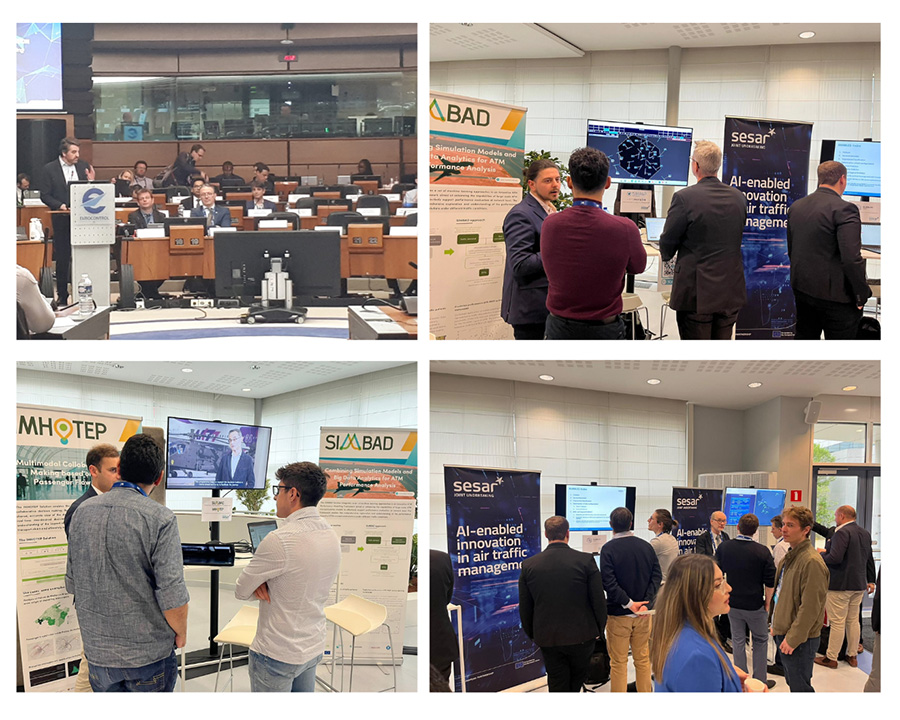Keeping aircraft safely separated is one of, if not the core function of air traffic management today. As larger numbers of unmanned aerial systems (UAS) take to the skies, separation management become more important to avoid mid-air collisions.
Defining a risk-based, operation-centric concept of operations (ConOps) for the provision of U-space separation management enables the remotely piloted sector to grow in a safe and efficient way. The ConOps developed by BUBBLES comprises the definition of conflict horizons, separation modes, and the applicable separation minima, which are dynamically updated using artificial intelligence (AI)-based algorithms to adapt them to the actual performance of communication, navigation and surveillance (CNS) systems.
Manned aircraft benefit from BUBBLES ConOps as they have better situational awareness and can be assisted to manoeuvre in the event of loss of separation. At the same time, UAS operators can safely exploit the airspace capacity given the UAS capabilities and the available U-space services, as well as the actual CNS performance.
The ConOps was validated by using simulators developed by the project, as well as by means of a test flight campaign where several UAS flew simultaneously using a mock-up developed based on Indras’s UTM platform, U-TraC. U-TraC monitored the CNS performance and provided dynamic separation management, traffic information, and alerts of increasing severity when the separation minima were compromised.
BUBBLES defined the separation management as a new SESAR solution in the European air traffic management architecture (EATMA), which was considered in future research activities aimed at developing U-space level 3 (U3) services mature enough to be deployed. In the short-term, the results used to improve some U2 services such as traffic information and strategic conflict resolution.
Benefits
- Improved airspace capacity and safety
- Better awareness of separation loss events
- Early resolution of separation issues





